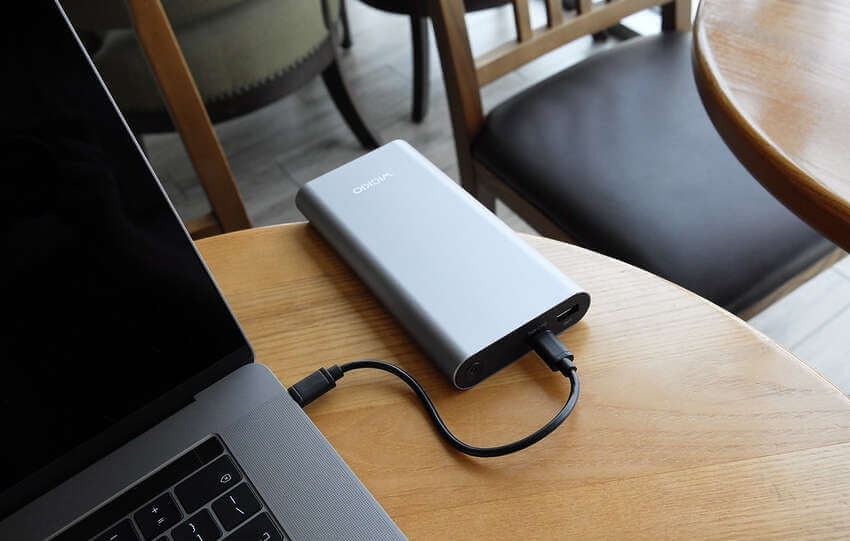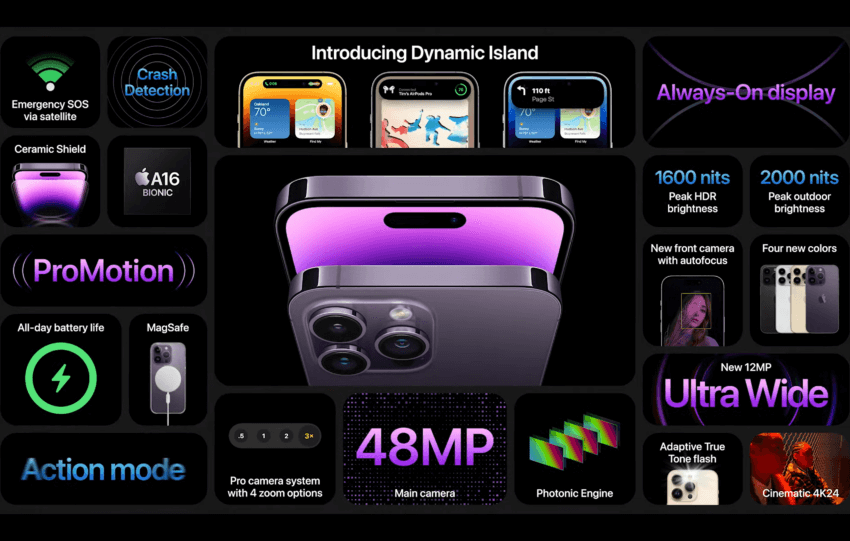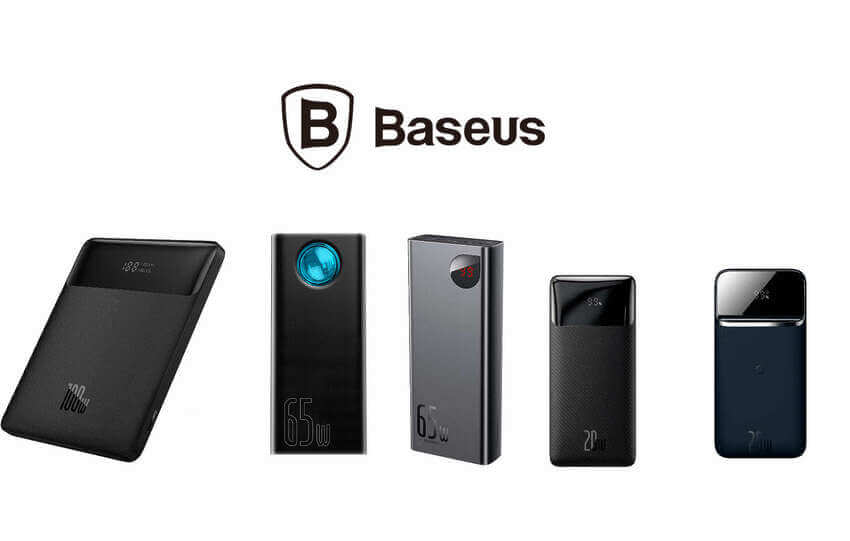Share This Article
Lithium-ion batteries have an inherent memory effect that causes overcharging to occur more frequently than undercharging.
Overcharging a battery occurs when the user charges the battery beyond its capacity, which can result in damage to the battery and a shorter life span for it.
The charging cycle of a lithium-ion battery goes like this: First, determine how much power your device requires from the battery at any given time. In other words, how long will it be used?
The operating cycle is the length of time you plan on using your device before recharging it again. The less operating cycles you have, the longer your device will last between charges.
Once you know how many operating cycles per day you expect to use your device for extended periods, divide this number by the voltage of your device to find out how many amps it needs at once. That number is its maximum charge output capacity (or CCA).
If you’re planning on charging your device overnight while leaving it plugged in or keeping an eye on its progress during peak charging hours—that’s not enough for a full recharge.
Here are some things that happen when you overcharge your lithium-ion battery:
Lithium-ion batteries are very delicate. If they are overcharged, they will likely explode. Besides, you might damage not only the battery but also your phone if you overcharge it. Some reasons why you should never overcharge your phone are listed below.
Overcharge causes heat buildup
The heat generated by lithium-ion batteries can cause a number of problems, most notably, fire.
It’s also important to note that overcharging your battery can shorten its life span and cause it to degrade faster than normal.
Li-Ion batteries are sensitive to heat. If charged and left on a charger for a period of time, a Li-Ion battery can overheat. When this happens, the chemicals in the battery begin to break down and the battery can become unusable.
Overcharging powers up the battery and allows it to reach a higher potential voltage, but it also requires the battery to dissipate heat. This is why heat buildup will occur. The excess heat in the battery can cause the battery to overheat.
Overcharge causes swelling and contraction
The battery can swell when it reaches the end of its limits and the electrolyte solution inside it starts to bubble. Eventually, heat build-up causes the battery to contract, which leads to breakage.
The process of overcharging of a cell is called “Gassing”. The production of gas from the cell is caused by formation of hydrogen and oxygen from the electrolysis due to excessive charging of the cell. The two gases which form inside the cell i.e. hydrogen and oxygen, expands the cell and hence causes swelling. The electrolyte in the cell starts getting into the negative plates causing excessive loss of water from the negative plates. This could cause cracking and ultimate failure of the plates.
The in-situ generated oxygen helps in the combustion of the negative plate and the positive plate. This could cause the failure of the battery.
Overcharge causes electrolyte damage
The overcharging of your battery results in electrolyte damage, which is why you want to avoid overcharging. Overcharging can also cause dendrites, or the growth of metal on the surface of the anode and cathode electrodes that short-circuit your battery.
A study showed that overcharging can cause pitting and crevice corrosion in lithium-ion cells. In a few cases, pitting caused a short across the cell, which damaged the battery enough to cause the battery to overheat while charging.
The authors suggested that overcharging caused the lithium metal particles to migrate to the negative electrode and become embedded in the carbon matrix, creating a current collector that increased the rate of the parasitic reaction. The reaction caused dendrite growth, which eventually pierced the separator and caused a short circuit.” (Yang, et al., 2009)
Overcharging shortens the battery’s lifespan
When a lithium-ion battery is overcharged, the chemical reactions that produce the energy that powers your device are disrupted.
The more energy it can generate, the faster it’s able to charge up. When you turn off your device while still plugged in, you’re still using power from the battery even after you stop using it.
This causes damage to the battery and shortens its lifespan as well as leads to overcharging more frequently than undercharging.
So, how do you avoid overcharging?
● Monitor your device’s output voltage and current levels with a voltmeter or ammeter (a device which measures electrical current) when charging your device. If at any point during charging your device exceeds those levels, disconnect it from power immediately to reduce risk of eventual damage to its components.
● Consider purchasing a smart charger which will help you avoid overcharging by either automatically switching out an empty battery for a charged one or monitoring charge progress in real time so you don’t have to worry about manually turning off devices that are still plugged in.
What happens when you undercharge a battery
The charging cycle of a lithium-ion battery goes like this: First, determine how much power your device requires from the battery at any given time. In other words, how long will it be used? The operating cycle is the length of time you plan on using your device before recharging it again. The less operating cycles you have, the longer your device will last between charges.
Once you know how many operating cycles per day you expect to use your device for extended periods, divide this number by the voltage of your device to find out how many amps it needs at once. That number is its maximum charge output capacity (or CCA).
If you’re planning on charging your device during peak hours or overnight—that’s not enough for a full recharge.
Here are some things that happen when you undercharge your lithium-ion battery:
1) It can permanently damage the battery and shorten its life span
2) It can cause the battery’s cells to overheat which may cause fire
3) It can cause permanent damage and shorten the life span if too much power is drawn from a battery when it’s not fully charged.
Undercharging causes heat
to form
Overexposure to heat from overcharging will cause the battery’s electrodes to expand and generate heat. This heat can affect the quality of lithium-ion batteries, which may result in a shorter life span for them.
If you’re planning on charging your device overnight while leaving it plugged in or keeping an eye on its progress during peak charging hours—that’s not enough for a full recharge.
Overcharging your battery discharges its energy and causes the current flow to increase turbulently. The increased current flow may cause safety devices to trigger protection modes, which protects against short circuits and other damaging events.
If you’re planning on charging your device overnight while leaving it plugged in or keeping an eye on its progress during peak charging hours—that’s not enough for a full recharge.
Undercharging causes swelling and contraction
in the battery
When you pair your device with a lithium-ion battery that has a CCA of 500 – 600, it will take an hour or more to recharge it. If you’re using a larger battery, which is common in laptops and tablets, your device may not even need to be plugged in for this long.
However, when your device is fully charged, it will drain its charge capacity if you go back to charging it before the two-hour window has closed. You can also cause permanent damage to the battery if you continue charging after the battery reaches full capacity.
Even though this won’t result in a fire (as long as the charger is connected), the battery will lose charge capacity and potentially short out on other components in the device.
The memory effect of lithium-ion batteries causes overcharging more often than undercharging. The memory effect refers to how lithium-ion batteries have an inherent tendency to retain some of their capacity once they have been charged and discharged multiple times without being allowed to cool down between charges.
This produces a curve similar to that shown below:
When a battery’s voltage reaches 4.2 V/cell, charging is complete and cell swelling starts occurring.
Undercharging causes membrane/electrode corrosion
:
Overcharging can cause permanent damage to the battery and shorten its useful life.
Summary
Lithium-ion batteries have a memory effect that causes overcharging to occur more frequently than undercharging. Overcharging a battery occurs when the user charges the battery beyond its capacity, which can result in damage to the battery and a shorter life span for it.
The charging cycle of a lithium-ion battery goes like this: First, determine how much power your device requires from the battery at any given time.
In other words, how long will it be used? The operating cycle is the length of time you plan on using your device before recharging it again. The less operating cycles you have, the longer your device will last between charges.
Once you know how many operating cycles per day you expect to use your device for extended periods, divide this number by the voltage of your device to find out how many amps it needs at once. That number is its maximum charge output capacity (or CCA).
If you’re planning on charging your device overnight while leaving it plugged in or keeping an eye on its progress during peak charging hours—that’s not enough for a full recharge.








